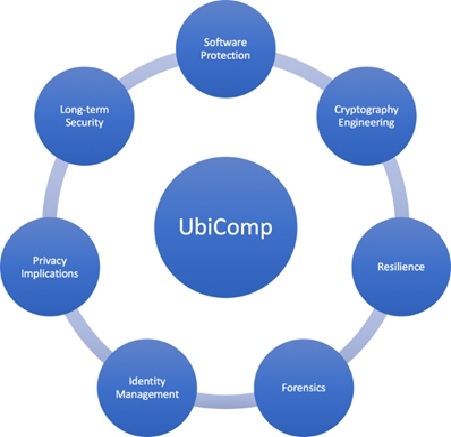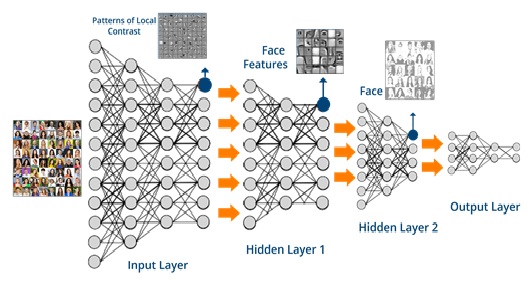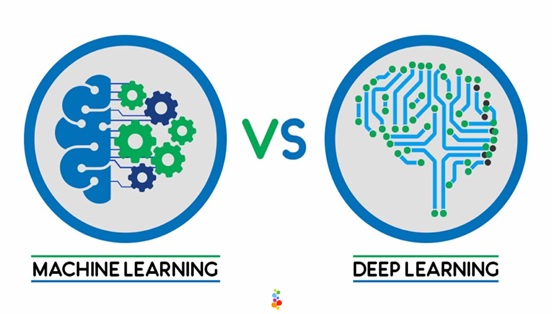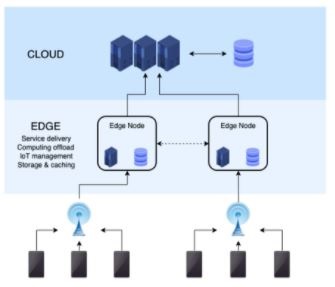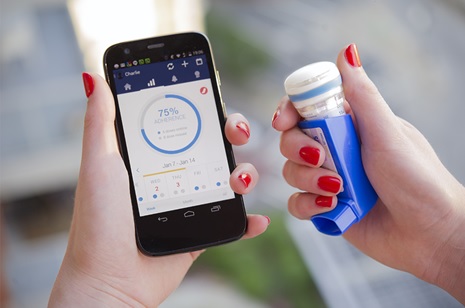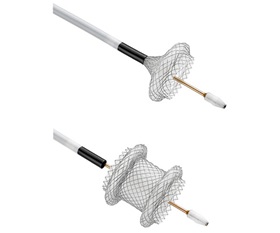Schools In 2050: A Vision of The Future
Revolutionizing Education: How AI, Virtual Reality, and New Technologies Will Transform Learning in 2050.
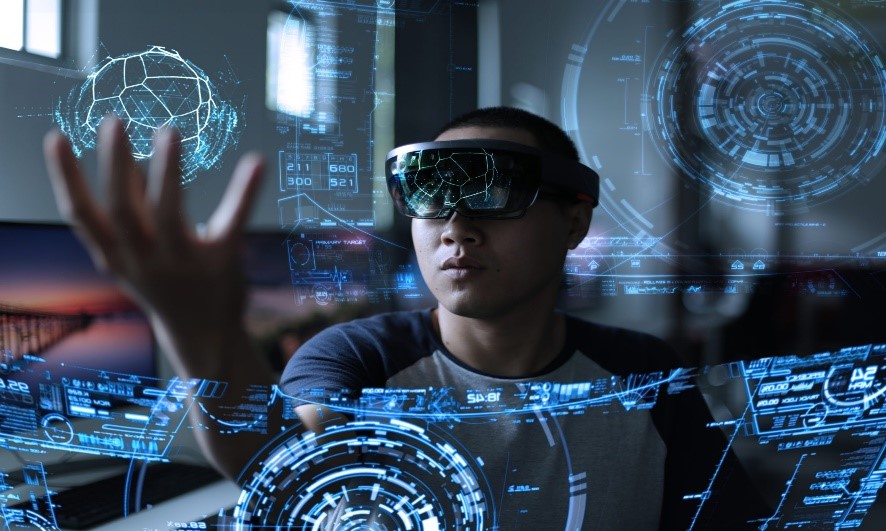
Figure 1. Education in 2050: A Glimpse into the Future.
Future Classrooms: How AI, VR, and Wearable Tech Are Redefining Education
Innovation in education is moving at lightning speed, and nowhere is this more evident than in schools. The days of bulky projectors and clunky desktop computers are behind us. They've been replaced by sleek tablets, interactive smart boards, and engaging apps. Figure 1 shows Education in 2050: A Glimpse into the Future.
But just as the boxy TV on wheels became a thing of the past, the tech we use today will eventually be outmoded. As artificial intelligence, virtual reality, and wearable technology continue to evolve, the future of education is poised to look drastically different. What might classrooms of tomorrow hold?
Brain-Computer Interfaces: The Future of Learning
The term "brain-computer interface" (BCI) may sound daunting, but this non-invasive technology is achieving remarkable feats worldwide. It's enabling those who can't speak to find their voice again and allowing individuals with limited mobility to do incredible things, like playing chess.
These breakthroughs are made possible by wearable devices that convert brain waves into signals interpretable by computers or mechanical devices. While some BCIs are implanted for direct brain access, many newer versions are non-invasive.
BCIs don't have to be used for life-changing purposes either. Some devices are designed to enhance productivity, such as wearables like headphones or small headsets that track brain activity throughout the day, helping users pinpoint when they are most productive.
This innovative technology is being considered for use in schools to help students reach their optimal working conditions. Teachers could monitor when students need a break, identify when a challenging math problem is causing frustration, or even detect if a student is experiencing anxiety during a lesson. By understanding these real-time insights, educators could provide timely support, ensuring a more personalized and effective learning experience.
Virtual Exchange Programs: Connecting Students Globally
The idea behind virtual exchange students is simple, but the impact can be significant. Virtual exchanges connect students from different countries, aiming to enhance communication skills, cultural understanding, and language proficiency.
These programs gained traction during the pandemic and have continued to thrive in the years since. In addition to being more affordable and convenient than traditional exchange programs, they provide students with the opportunity to engage with a wide range of cultures.
In these programs, teachers from different countries collaborate to create curricula that include group discussions, role-playing exercises, and tasks that combine the knowledge and skills from multiple cultures.
Short-Term Virtual Exchanges: Expanding Horizons in New Ways
While many virtual exchange programs last a full year, shorter options are gaining popularity, with single-day sessions or occasional classes designed to broaden students' perspectives.
As technology continues to evolve, we may see these virtual exchanges become more immersive and realistic. For example, some companies are developing booths that make video calls feel as if the other person is physically present in the room. Virtual reality could also enable students to fully immerse themselves in classrooms located hundreds of miles away.
Virtual exchanges are likely here to stay, but the future of these programs may look drastically different as new technologies open up even more possibilities.
Revolutionizing Education with Wearable Technology
Wearable tech has surged in popularity, thanks to significant cost reductions and improved performance. This makes it an ideal tool for integration into schools.
In physical education, wearables can track students' abilities, fitness levels, and recovery progress during sports activities.
Beyond fitness, other wearable devices like smart glasses and VR headsets are beginning to find their place in classrooms, providing students with a more immersive learning experience and helping them better engage with tasks.
Interactive Holograms: The Next Step in Classroom Innovation
Once a concept found only in science fiction, interactive holograms are becoming a tangible reality. This progress is driven by two technologies working together.
The first is the hologram itself, which has evolved rapidly, with many companies now offering a variety of holographic devices. These work by using a high-speed motor to spin a fan blade covered with LED lights, which flash in sequence to create 3D images. These holograms are dynamic, allowing images to change and be altered quickly, much like a computer screen.
The second advancement is in interactive devices, which enable users to engage with the holograms. Similar to how a controller or keyboard interacts with a computer, these devices let you manipulate floating 3D images. For example, existing models allow users to zoom in or spin the hologram with their hands.
As these technologies improve, the classroom could soon be filled with interactive holograms. Picture a floating, high-quality image of a heart that students can interact with or a 3D map labeled in real-time for the entire class to see. The possibilities are endless.
Source: Science Focus
Cite this article:
Priyadharshini S (2025),"Schools In 2050: A Vision of The Future", AnaTechmaz, pp. 336




